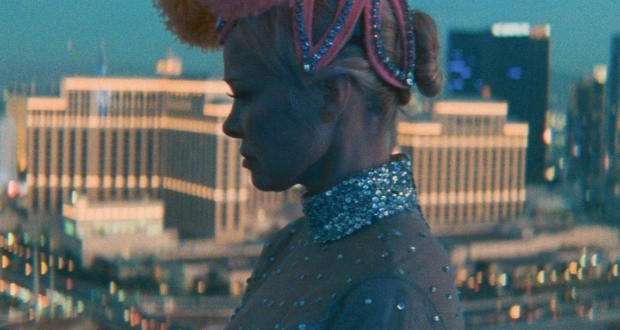Beautiful portrait of a woman lost in thoughts / Imagem de Depositphotos
Capturing the essence of human emotions in your photos is a true art. However, if you are an aspiring photographer, this art and skill can take some time to master. To speed up the process, read further. This article will help those just starting out or looking to refine their craft. All in order to connect more deeply with subjects and bring their authentic emotions to life through your lens.

Find commercially safe pictures of people showing emotions on Depositphotos
How to capture emotions in portraits
Images impact emotions and can help viewers feel certain things. For this, models and photographers work together to create and express certain emotions, freezing them in pictures. Here’s how emotional portrait photographers can capture genuine expressions:
Build trust
Start with a friendly chat to break the ice. You can do this by asking about your model’s interests, hobbies—anything that could help them relax more. The key here is to be genuinely interested in your subject, listen actively, and respond thoughtfully. This helps establish a connection with the model and makes them feel more comfortable.
Focus on eyes and facial expressions
Eyes mirror the soul, they say. That’s why, by simply ensuring that they are the focal point of your portrait, you can draw viewers into the photograph and convey emotion effectively. The important thing here is to pay close attention to micro-expressions—small facial expressions that can help reveal and capture genuine emotions. You can do this by encouraging your model to think about specific memories or feelings.
Use light effectively
If you want to create a warm atmosphere, use soft, natural light or a diffuser for that purpose. This type of lighting allows you to gently highlight facial features. You can also experiment with side lighting, backlighting, or other directional light sources to create depth and mood.
Simplify backgrounds
When your goal is to create emotional pictures, you need to make these emotions the main focus of your visuals. This can be achieved with the help of simple, clean backgrounds. They allow you to keep the focus on the model’s face and expression. Busy or cluttered scenes, on the other hand, can distract from the emotion.
Be patient and ready
It might take some time before you’ll be able to spot and capture moments of genuine emotion. What’s more, such moments often happen in between posed shots when the model relaxes. That’s why it’s so important to be patient and observant and potentially use continuous shooting mode to capture a whole range of expressions.
5 emotional portrait ideas to try
Portrait photography is a popular genre, as 65% of US photographers specialize in it. However, this also means that the competition is high, and you need to come up with interesting and emotional portrait ideas to succeed in this market. Consider one of these five ideas to start with.
Joy and laughter
To capture these emotions, focus on candid moments where the model isn’t overly posed or conscious of the camera. You can also engage them in a funny story or joke to make them laugh. One of the examples of such emotional portraits can be pictures of children playing and laughing together.
Reflection
You can capture reflections by encouraging your model to look out a window or into the distance. This gaze can create a thoughtful or dreamy expression, which illustrates introspection quite well. You can also enhance this mood by placing the model in a quiet environment, like a serene library or a peaceful park bench.
Surprise or wonder
To cause and capture such a reaction, you can introduce unexpected elements during the shoot. This could be a surprising prop or an unexpected action that can provoke a genuine reaction. For instance, you can take a picture the exact moment your model opens a gift or encounters something new and intriguing.
Melancholy
When your goal is to create a somber mood, try using soft, low-key lighting: doing this can help evoke feelings of sadness or melancholy. You can also ask the model to think about a sad memory or play melancholic music to help them channel these emotions. Another tip is to position them with their head slightly down or looking to the side to create a reflective and gentle expression.
Confidence
To portray confidence and strength, you need to direct your model into a power pose—for instance, by asking them to stand tall with their hands on their hips or arms crossed. You can also take pictures of them in their workspace. These scenarios naturally bring out a sense of accomplishment and self-assuredness, helping photographers make their portraits impactful and inspiring.
To sum up
Mastering the art of capturing emotional portraits is a long yet rewarding journey that might require patience, practice, and a genuine connection with your models. However, if you master it, you’ll be able to create powerful images that resonate deeply with viewers and maybe even become the author of some famous emotional portraits. Follow the tips and ideas in this article to build your skills and let your passion for photography shine.













